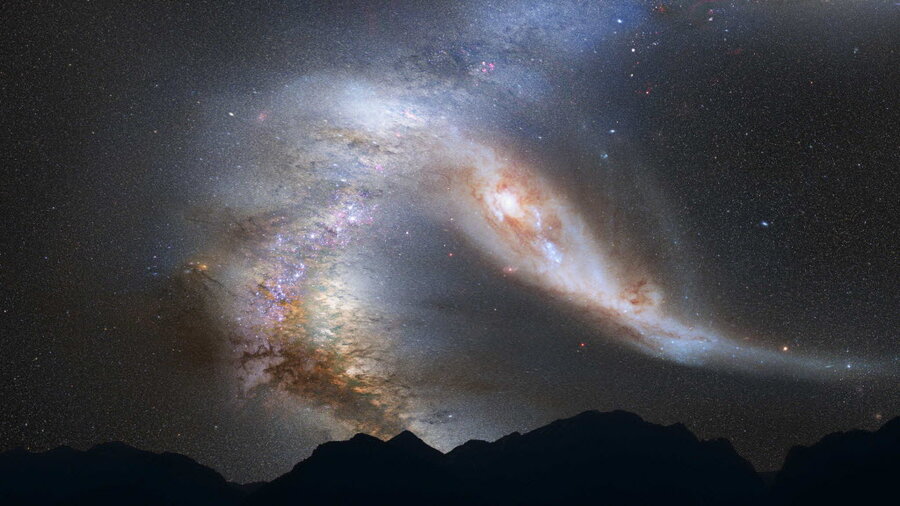What do you find when you crowdsource the universe?
How many people does it take to catalogue 300,000 galaxies?
Well, about 83,000, scientists say.
Astronomers at the University of Minnesota reported this week that contributors to the citizen science portal, Galaxy Zoo, had helped them to amass a database of galaxies some 10 times larger than any previous galaxies catalog. The new catalog is described in a paper published in the Monthly Notices of the Royal Astronomical Society and is also available to the public online.
Galaxy Zoo debuted in 2007 on the citizen science interface Zooniverse.org, which is now host to some 18 citizen science projects that offer almost 900,000 budding scientists the chance to sift through the universe, be it at the macro level, as a galaxy hunter, or at the most micro of micro levels: last week, the interface pushed the latest project live, called Plankton Portal. That project, out of Oregon State University and the University of Miami, asks for the public’s help in characterizing the beguiling plankton – jellyfish included! – seen in about a million underwater images.
To date, 54 scientific papers have been published based on Zooniverse’s crowd-sourced data.
The latest publication is based on information collected in the second installment of Galaxy Zoo. The original Galaxy Zoo project, run from July 2007 to February 2009, collected simple morphological data on about 900,000 galaxies from the Sloan Digital Sky Survey: was the galaxy’s shape elliptical? Clockwise spiral? Anticlockwise spiral? That data was published in catalog form in 2010.
In Galaxy Zoo 2, scientists wanted to know more from the amateur astronomers plying the virtual skies: did these galaxies have bulges? How big were these bulges? Each image – live between February 2009 and April 2010 – had to be classified an average of 40-45 times to be crowd-sourced as accurate.
In total, citizen scientists made 16 million morphological classifications of 304,122 galaxies. That represents about 57 million computer clicks, or about 30 years of a single researcher’s work, the scientists said.
Zooniverse is based on the premise that computers, if adroit data crunchers, are not quite as subtle as the human brain. While a computer might toss out an errant galaxy, or one that doesn’t quite meet its programmed patterns, as galactic garble, a human would plot that odd galaxy as a compelling data point: is something amiss with what we think we know about galaxies?
The galaxy catalog is a census of galaxies near to us – well, in relative terms, since the galaxy closest to our own, Andromeda, is about 2.5 million light years afield. That means that we are seeing them as they appeared not too long ago (again, in relative terms). Galaxy Zoo, though, is now on round 4, and combines images of the local universe from Sloan with deep space images from Hubble's CANDELS survey. Future catalogs, then, will in effect portrait how galaxies looked a long, long time ago.
It also, means, of course, that it's not too late to get in on the galaxies hunt.






